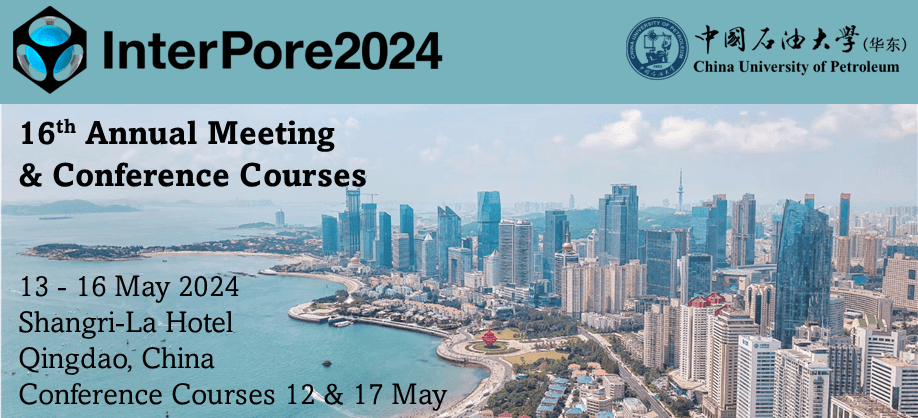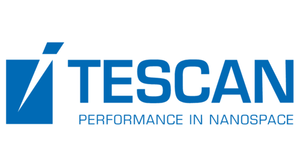Speaker
Description
Fluids can induce solid adsorption and swelling in porous materials when they infiltrate pores. For example, alkaline liquids created after water mixing with alkali metals can react with minerals like quartz or feldspar and form a new substance called alkali calcium silicate hydrate. Fluid flow facilitates the damage of concrete as this new substance can swell upon adsorbing water and crack the concrete. In carbon sequestration, CO2 injectivity can significantly decrease with time as gas adsorption induces swelling of the rock matrix and reduces pore spaces for the flow pathway. However, the coupling between fluid flow and solid deformation remains challenging to be captured by numerical models.
Coarse-grained molecular dynamics (CGMD) bridges nano- and micro-scales by mapping a group of atoms/molecules into a single coarse-grained (CG) particle. Compared with all-atomic molecular dynamics (MD), it overcomes the difficulty of simulating multiphase flow with multiphysics in complex pore networks. This study introduces a novel CGMD model to achieve the coupling between fluid transport and solid deformation at the microscale. This model accurately simulates the interactions between fluids and solids, and between fluids and solids themselves. The solid comprises bead-spring chain networks considering bonding and non-bonding interactions and reproduces a broad range of Young's moduli and swelling ratios. The fluid is modeled by dissipative particle dynamics (DPD) and calibrated against density and viscosity at different pressures.
The proposed CGMD model has been adopted to study fluid transport through deformable and non-deformable nanochannels of varying sizes (35.4 nm~123.9 nm) and a simplified nanoporous medium composed of spherical solids. The results are analyzed using the Hagen-Poiseuille equation and the Kozeny-Carmen equation for validation. The effect of swelling on reducing fluid permeability is justified, and a relationship is established between fluid permeability and solid swelling. This study provides a straightforward new approach to modeling fluid transport in swelling porous media at the microscale within the framework of CGMD, with potential applications in concrete design and energy storage technologies.
| Country | Australia |
|---|---|
| Conference Proceedings | I am not interested in having my paper published in the proceedings |
| Acceptance of the Terms & Conditions | Click here to agree |




.jpg)
